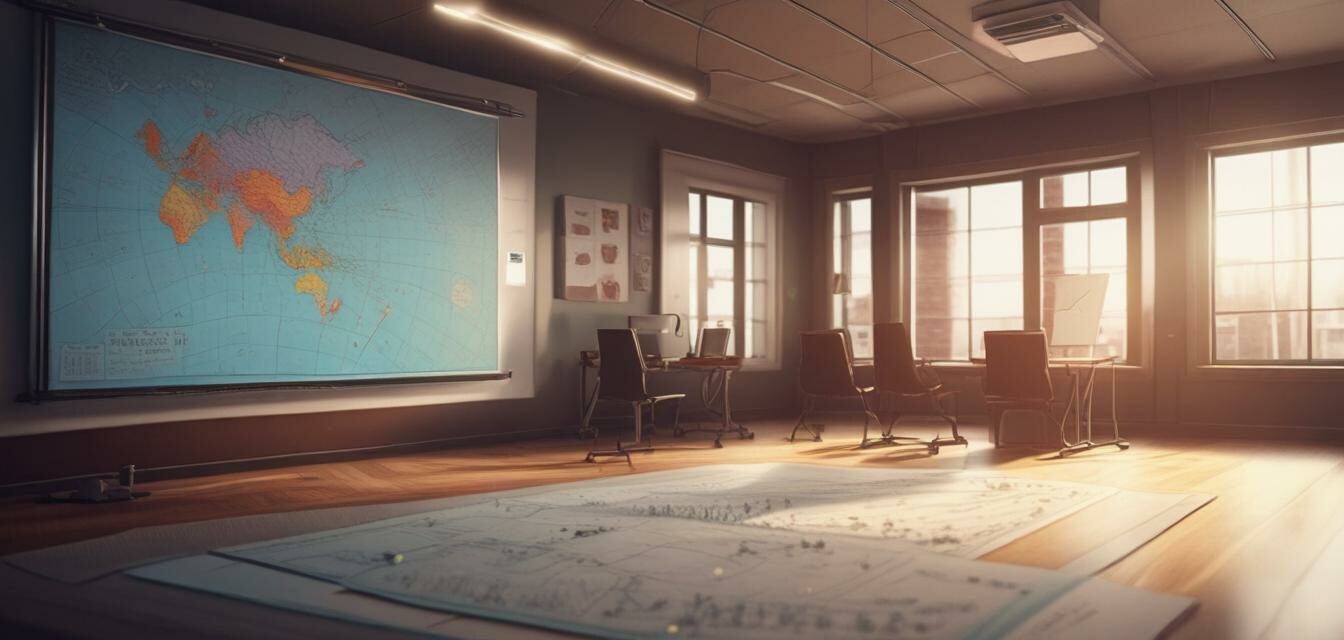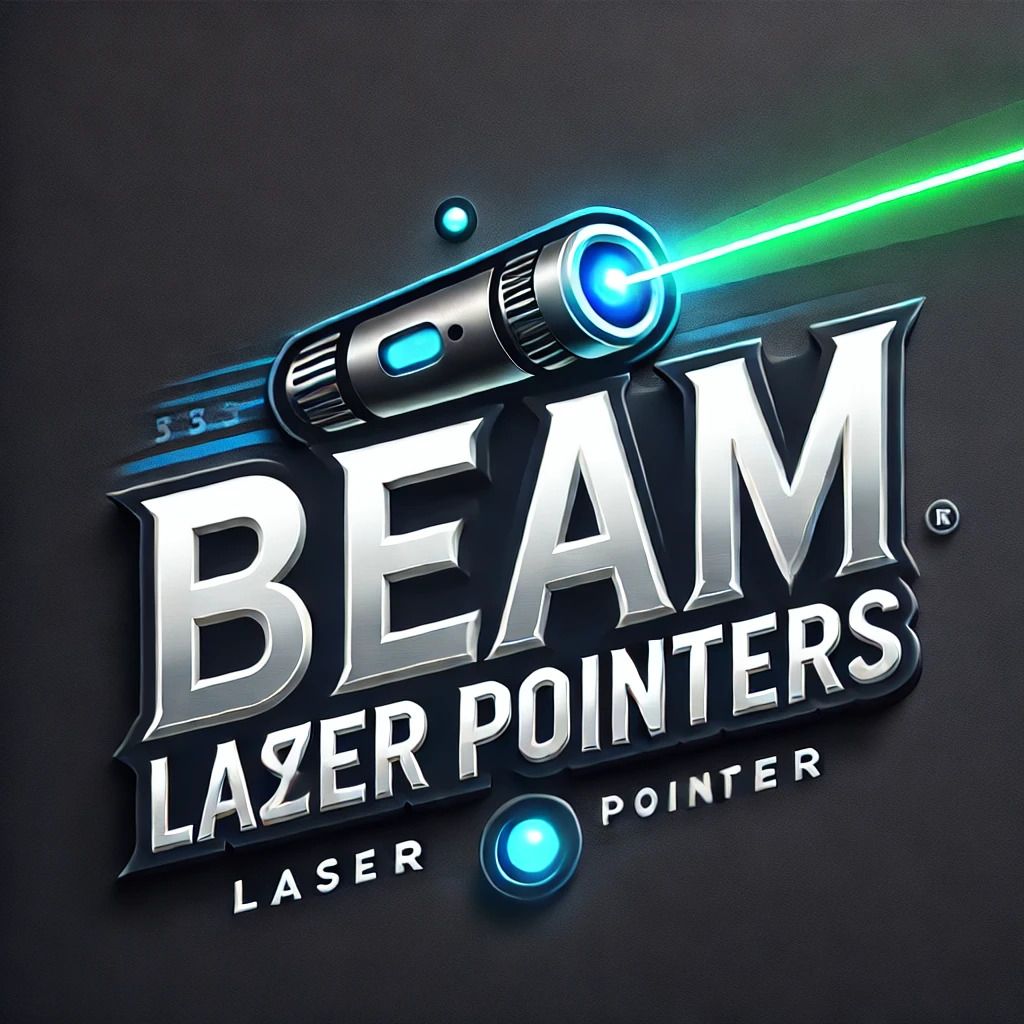
How to Use Laser Pointers for Engaging Classroom Activities
- Laser pointers can enhance student engagement when used effectively.
- Incorporate laser pointers in various activities such as quizzes, presentations, and interactive maps.
- Always emphasize safety and proper usage to ensure a positive experience.
- Familiarize yourself with the different types of laser pointers best suited for classroom settings.
- Utilize creative techniques to integrate technology into learning practices.
In today's dynamic learning environments, engaging students can sometimes feel like a challenge. Incorporating tools that can boost interactivity is crucial in maintaining student interest. Laser pointers provide a visually stimulating way to focus attention and enhance participation in various classroom activities.
The Versatility of Laser Pointers in Classrooms
Laser pointers are not just useful for presentations, but they can also be employed in a myriad of educational activities, enhancing the overall learning experience. Here, we explore several engaging classroom activities where laser pointers can make a significant impact.
Types of Classroom Activities for Laser Pointers
| Activity | Description | Benefits |
|---|---|---|
| Interactive Quizzes | Use laser pointers to point out questions and options during quizzes. | Increases attention and participation from students. |
| Presentations | Highlight key points or illustrations during presentations. | Helps clarify and guide discussions. |
| Classroom Games | Incorporate laser pointers into games like scavenger hunts. | Promotes teamwork and excitement among students. |
| Interactive Maps or Charts | Use laser pointers to navigate maps or charts for geography or science lessons. | Makes lessons more visually stimulating and easier to follow. |
Safety Tips When Using Laser Pointers
While laser pointers can dramatically enhance classroom activities, it's important to understand the safety guidelines associated with their usage. Here's how you can ensure that students benefit from laser pointers without compromising safety:
- Always check the laser pointer for safety ratings.
- Never point the laser at someone’s eyes.
- Teach students proper handling and usage before allowing them to use laser pointers.
- Consider using low-powered laser pointers to minimize safety risks.
Effective Techniques for Incorporating Laser Pointers
Understanding how to effectively incorporate laser pointers can greatly enhance their utility in the classroom. Here are some techniques to consider:
Beginners Section
- Practice using the laser pointer in advance to become comfortable with handling it.
- Start with simple activities to gauge students’ reactions and engagement.
- Rotate the laser pointer among students during interactive sessions to encourage participation.
- Incorporate multimedia elements such as slideshows or videos to complement laser usage.
Maximizing Engagement with Technology
Integrating technology into teaching can significantly benefit classroom dynamics. Laser pointers are just one tool that, when used creatively, can reinforce lessons and inspire learning. Other ways to leverage technology include:
- Using interactive whiteboards alongside laser pointers to draw student focus.
- Incorporating educational apps that utilize laser pointers for interactive quizzes.
- Using multimedia presentations to enhance learning experiences.
Conclusion
Incorporating laser pointers into classroom activities can foster a more engaging learning environment. By integrating these tools thoughtfully, educators can enhance student participation and interest in the material being taught. Always remember to prioritize safety and explore various teaching methods to maximize their effectiveness.
Pros
- Enhances student focus and engagement.
- Versatile for various educational activities.
- Easy to incorporate into lessons.
Cons
- Safety concerns if used improperly.
- Can be distracting if not managed well.
For more information and insights on how to effectively use laser pointers in different contexts, explore our Educational Resources or our specific guides on Presentation Lasers and Astronomy Lasers.



